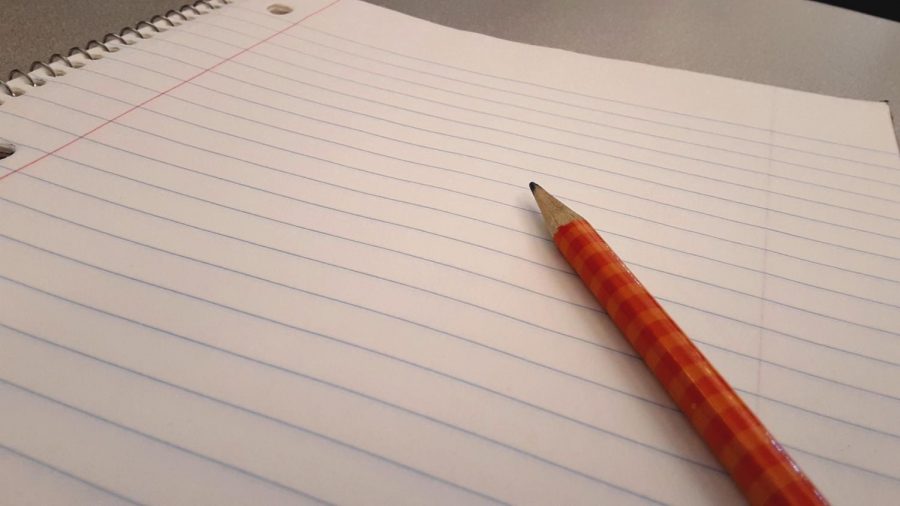Teachers Adapt to Full In-Person Learning
Some teachers find themselves incorporating more paper/pencil activities back into their lessons.
September 10, 2021
Between the spring of 2020 and today, students have experienced learning in many more different ways and formats than expected. Teachers have had to learn how to adapt to these constantly changing learning formats and are still doing that this year.
Last school year, D303 high schools went through many schedule changes. With remote learning, hybrid learning, asynchronous days and block scheduling, there were a lot of adjustments throughout the year.
One challenge that all teachers faced last year was building relationships with their students.
“Making those personal connections, that was really tough because that’s part of the reason you teach– the students,” said Kristin DiTella, social studies teacher. “I love history, but I like being with people.”
Some teachers adopted new methods to try and take the place of traditional in-class interactions that helped create those teacher-student relationships.
“I also kind of found myself sending postcards, you know, kind of like old school mail, to kids at different times throughout the year. I sent my first round like a month in,” said Natalie Rosin, science teacher.
More often than not, teachers modified their teaching methods to be more compatible with the online format of learning during COVID-19. New technologies such as OWLs and Wacom tablets were purchased by the district, and teachers used new online assignments too.
“And it’s not that I didn’t know how to use it. It’s just that I wasn’t necessarily comfortable, but I had to get comfortable,” said DiTella.
Some technologies that teachers became more familiar with during online learning stayed in their teaching curriculums for this year.
“One of the things that I will continue to do this year is making Screencastifies for certain things that [students] can watch on [their] own at home, and then we can do more stuff in class,” said DiTella.
Despite returning to a more normal schedule this year, students and teachers alike have experienced obstacles and challenges, how teachers administer assessments being one of them. Yet, even before the pandemic, teachers used a combination of digital and paper/pencil formats, depending on the class.
“I feel like it’s always kind of been blended, depending on what we needed to hear,” said Rosin.
Similarly, how students are learning information has changed since last year, as old ways of teaching from before the pandemic are making an appearance once again.
“I’ve actually been looking forward to being able to do hands-on activities again,” said Rosin.
Even in classes that aren’t necessarily “hands-on,” teachers notice that they are able to incorporate more interactive activities into their lessons.
“I mean, just things like how we can do fishbowls, and we can do trials, and we can do presentations and things like that,” said DiTella.
Another way that teachers and students are adjusting to complete in-person learning is the way in which classroom relationships are built.
“One of the things that I just love is seeing the students talk to each other and getting to know their personality,” said DiTella.
Teachers can attest to the fact that adapting back to full in-person learning has been a major shift, but one for the better.
“It’s definitely been a nice transition,” said Rosin.






